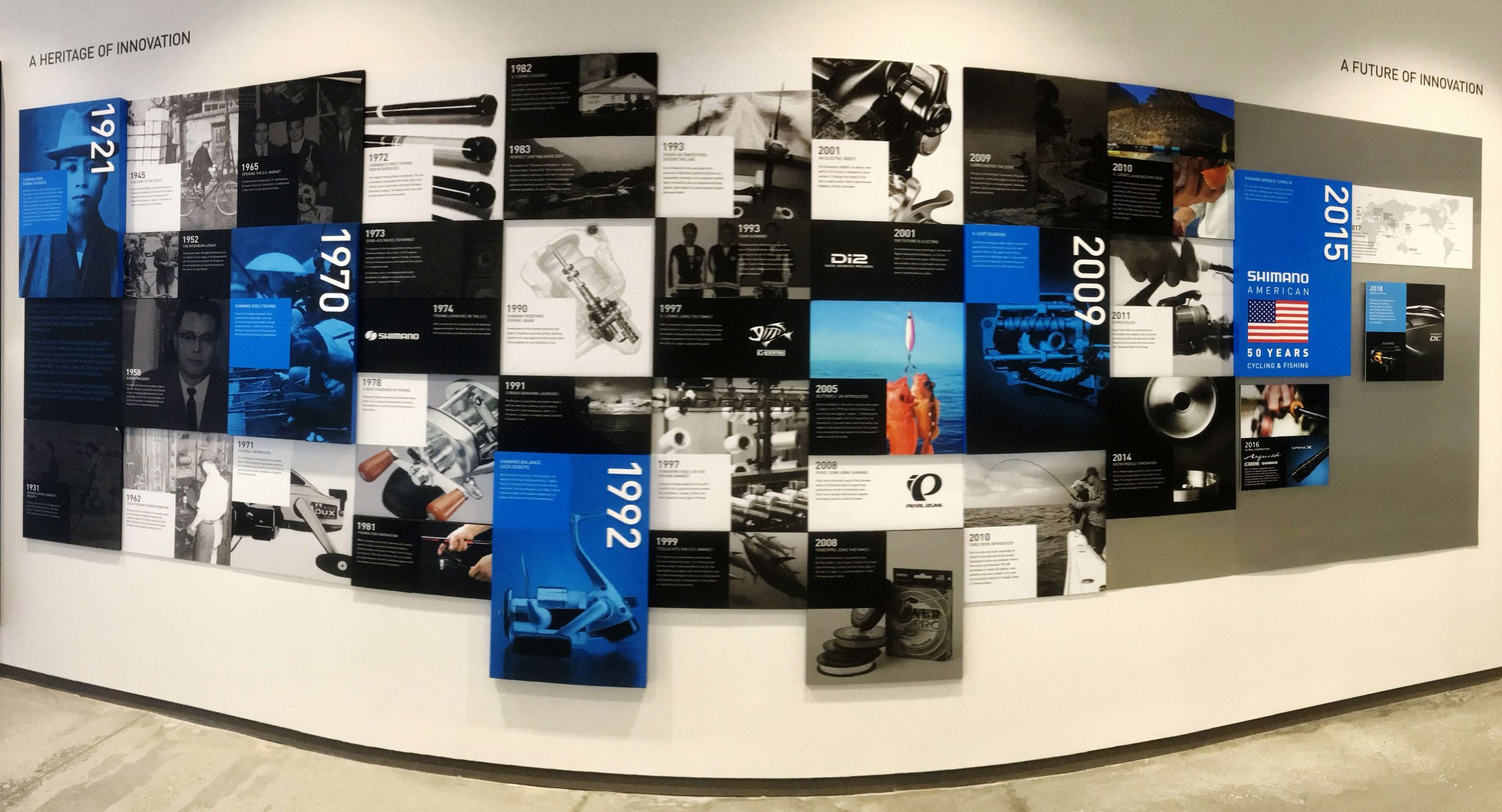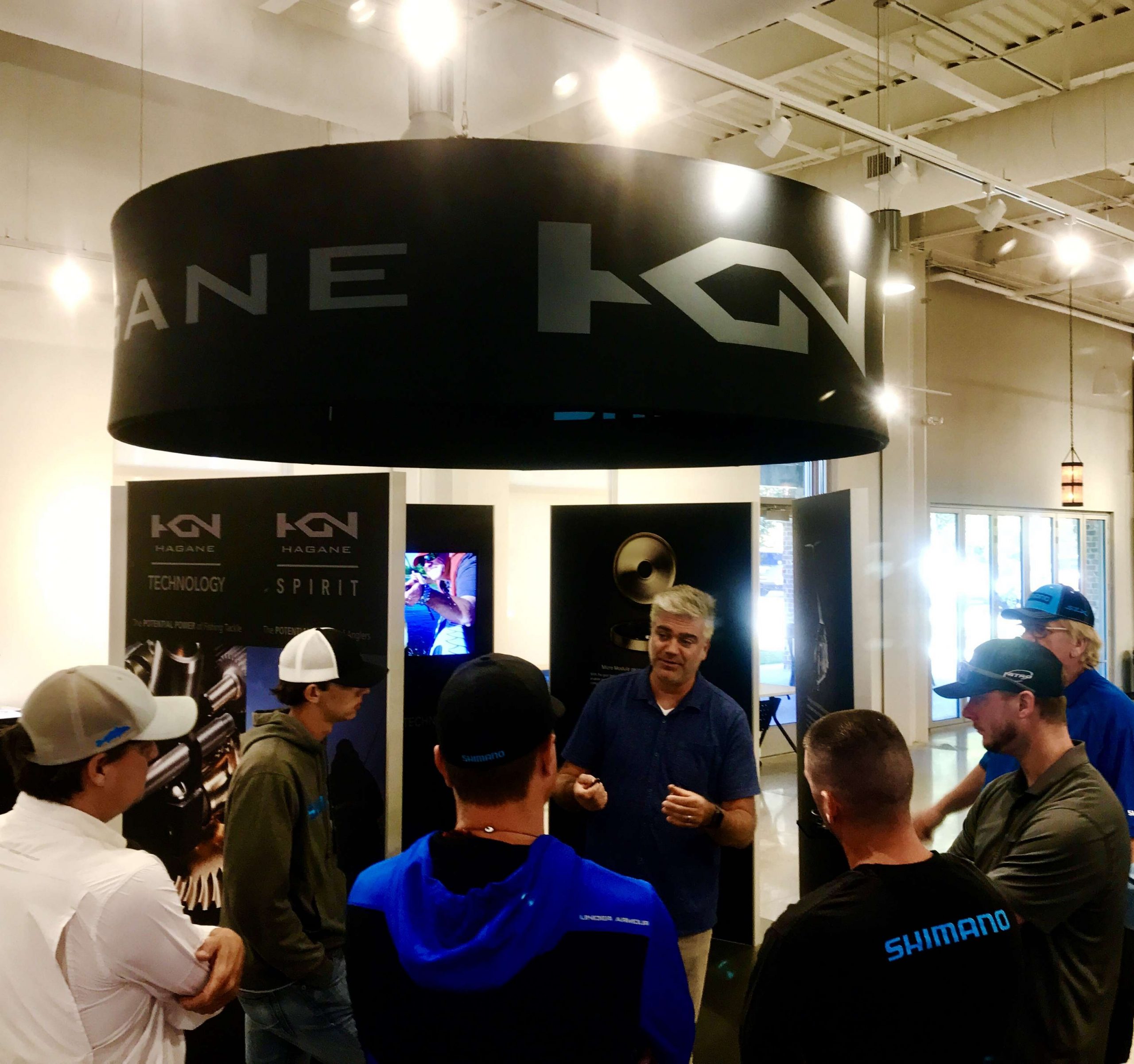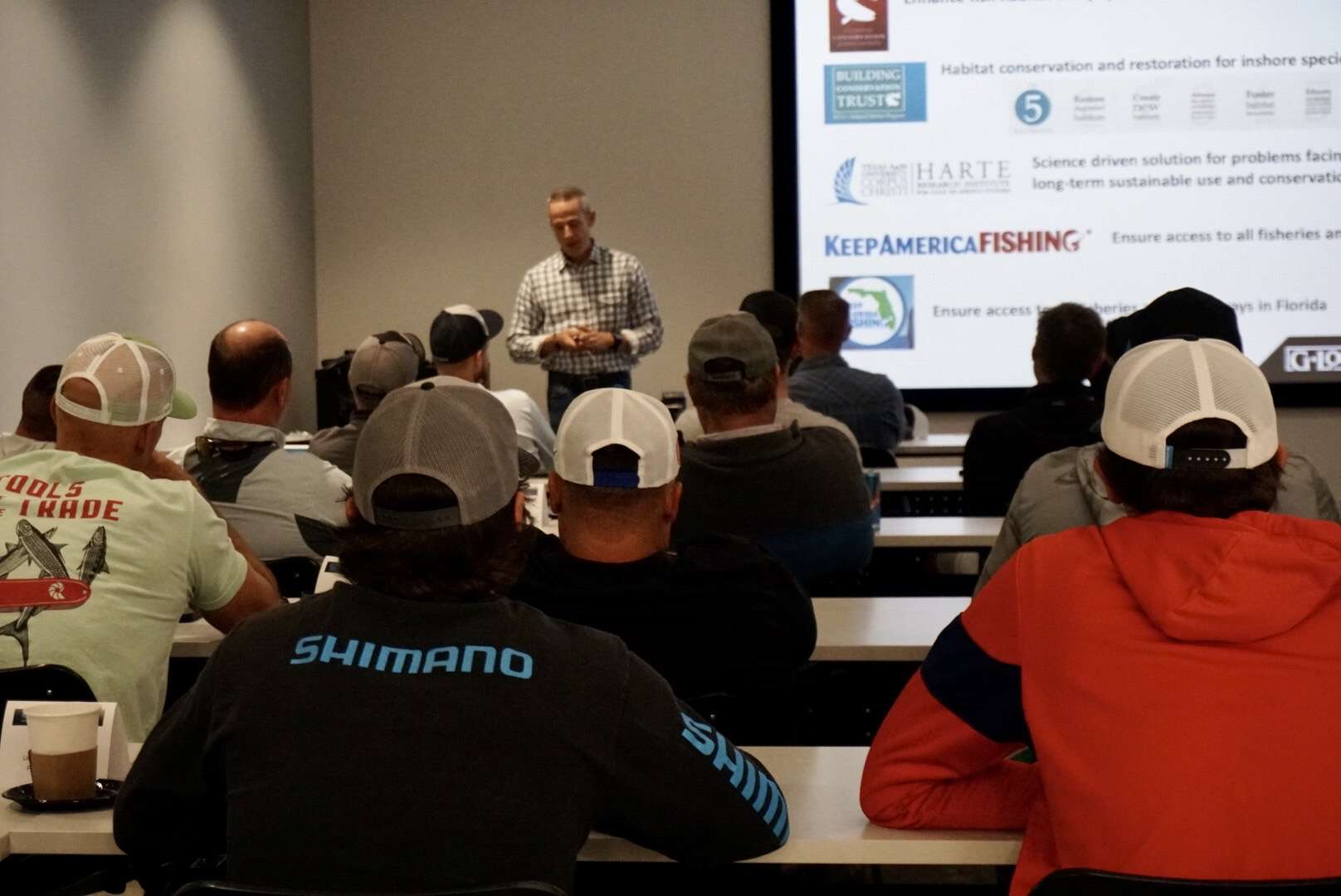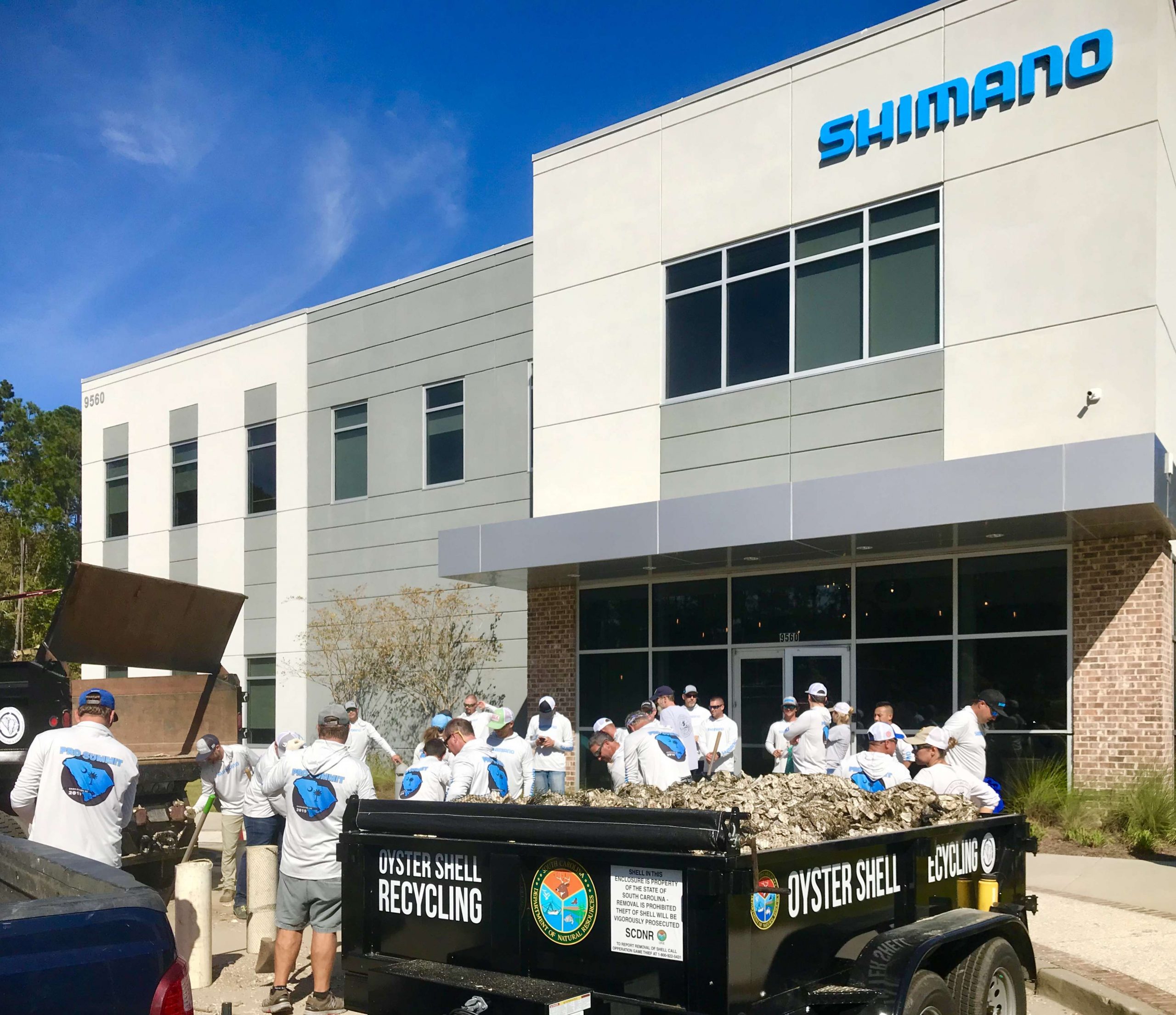
Sponsorships are the lifeblood of professional fishermen. Ask any touring pro and they’ll tell you, there’s no way to survive without them.
Sure, you might make it for a while on your credit cards, or by cashing a few checks, but eventually the costs of doing business will catch up to you. And that’s why sponsorships are so essential.
Fortunately, I’ve had longstanding relationships with many of the biggest brands in fishing. Brands like Mercury Marine, Ranger Boats, Power-Pole, Shimano and Rapala. Companies who have backed me for decades.
Those relationships weren’t established overnight. It took years of hard work and dedication to gain their confidence and trust, which was my focus from the start. I wanted to provide a strong return for those who would back my pursuits in competitive angling. A key part of that was offering useful feedback while learning about new products as they evolve, then engaging in any related marketing strategies. Efforts that sometimes require going back to school.
The Summit
Recently, I was invited to the first-ever Shimano Pro Staff Summit.
Hosted at their Charleston, S.C., headquarters, more than 30 professional anglers, guides and TV personalities were asked to participate in an intensive, two-day training session. Included were Bassmaster Elite Series pros Jeff “Gussy” Gustafson, Chris Johnston, Ed Loughran and Greg Dipalma. There was also a strong contingency of saltwater anglers.
Shimano’s pro staff manager Blaine Anderson began the meeting with a brief explanation of their objectives, then introduced various marketing and department heads — some of whom would provide instruction as the sessions progressed.

After that, we broke into two groups (fresh and salt) and toured the facility. My group entered their massive warehouse first to see how product is pulled and processed for shipping. It was eye-opening, to say the least. There were trolley tables and front-end loaders constantly moving about — pulling stock items and pushing them through an efficient shipping process.
Although busy, the warehouse was extremely well organized … and spotless, too.
After viewing the warehouse, we entered the Shimano Experience Center for a tour with company VP Steve Ferrara. He walked us through numerous exhibits, explaining how each was impactful to the company’s growth and development. Among them was an impressive timeline of how Shozaburo Shimano began his family business by forging bicycle freewheels in 1921, then slowly expanding to a broad range of bicycle components, and eventually to producing fishing reels.
Included were numerous displays of rods and reels, some of which provided part-by-part breakdowns, showing their components from the largest to most minute. It was amazing to see how much detail and workmanship is involved in the design and construction of each reel — true mechanical works of art.
Back to school
After the tour, we took a short break before entering a conference room for a series of seminars, where each speaker delivered a PowerPoint presentation on their respective areas of expertise.
The topics ranged from Shimano’s production techniques and product development to future marketing strategies and their efforts in conservation and advocacy … all of which was quite impressive. Equally impressive was the discussion of how Shimano cold forges their gears — a proprietary means of compressing and shaping high-grade metals into detailed gearing with zero loss of strength to the material. The end product is termed “MicroModule” precision gearing, which has the same level of sophistication required to make quality timepieces.

After a day of instruction, the group went for dinner in the heart of old Charleston, where dated architecture stands in stark contrast to the futuristic look of Shimano’s Experience Center.
Day two was more of a think tank session, where the pros were given an opportunity to provide feedback and ask questions. Then, to punctuate Shimano’s commitment to conservation, we engaged in a hands-on effort with the South Carolina Chapter of the Coastal Conservation Association, bagging recycled oyster shells to be used for habitat restoration. It was tiring, but fun, and I’m sure all who participated felt a sense of pride and achievement.
Afterward, Shimano provided dinner and games at their unique, indoor/outdoor dining and recreational facility. It gave everyone a chance to decompress and relax.
Into the brine
On day three, Shimano invited us to fish the coastal waters near Charleston. Knowing this was an option ahead of time, I brought my skiff up from Florida.
As it turned out, I was paired with Shimano’s creative marketing guy, Kurt Mazurek, and fellow Elite pro Ed Loughran. Together, we probed the flats and channels near Isle of Palms, just north of Charleston Harbor. And for a crew unfamiliar with the area, we managed a good day of fishing.
Afterward, we had lunch and said our farewells.
Looking back, the Shimano event was not only informative, it was truly inspiring. Seeing how committed they are to make the best products possible, and their stance on conservation and angler advocacy, I’ve never been prouder to represent a brand.


